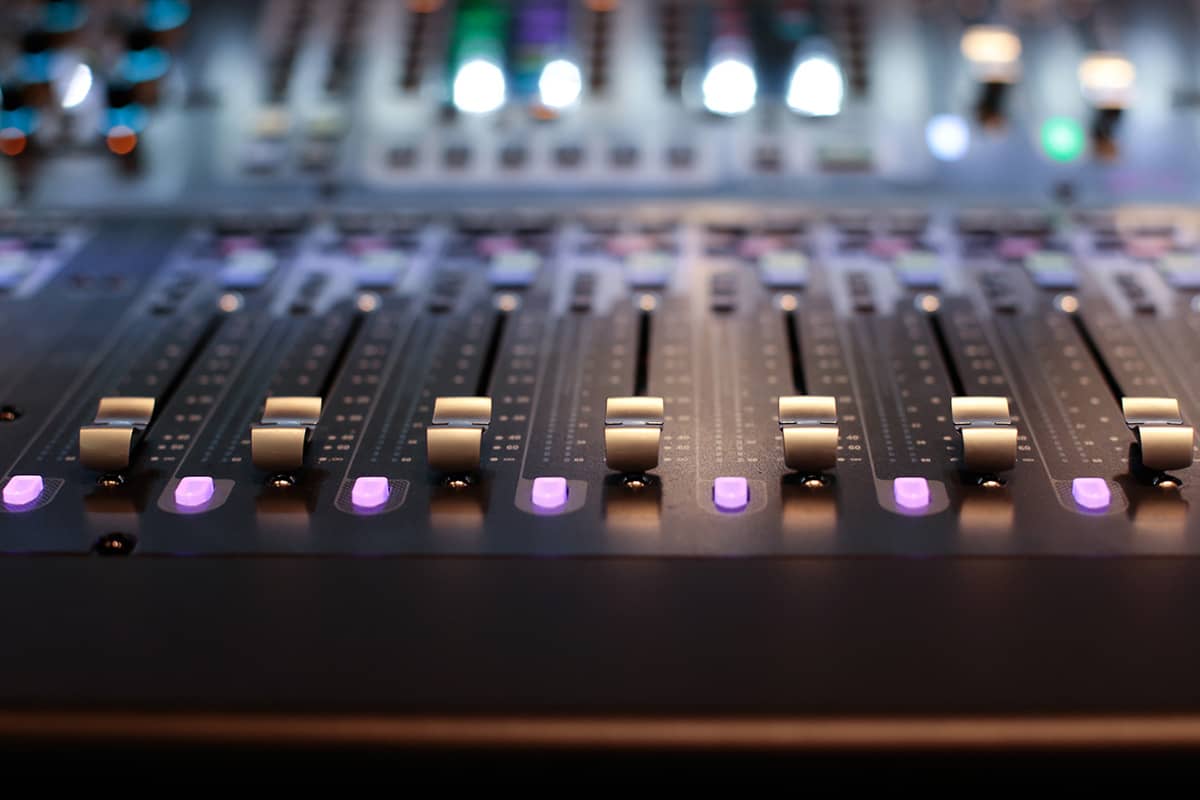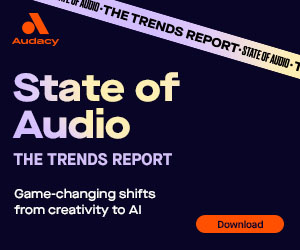Podcast Advertising Playbook
Podcast Advertising Playbook
Want to make an informed media buy but don’t know where to start? Look no further.
As we enter a new year, there is no longer any doubt surrounding the staying power and impact of podcasting. More than half of Americans listen to podcasts, and 104 million listen to a podcast at least once a month1. What’s more, over half of those listeners think seriously about buying products they hear advertised on a podcast2.
Every savvy marketer wants to create strategic podcast ads these days – they may know a little (or a lot) about the different genres and formats of podcast shows and have the basics of pre-roll, mid-roll and host reads. But brands might falter when it comes to the next level of podcast advertising. To that end, we’d like to address some of the most common questions we receive from advertisers looking to execute smart media buys, understand how podcast ads are served and gauge campaign success.
How To Buy Podcast Advertising
Should my brand place buys individually for specific episodes and shows, or across a podcast network?
Media buying strategies depend on a few factors. If your brand is looking to reach a broad demographic, often placing buys across a network is a great way to optimize for reach and scale. But if your brand is trying to target a very niche audience (where content and context is important), connect your brand to a specific host, or take advantage of sponsorship opportunities, you may opt to place targeted ad buys on specific shows. Critically, these options aren’t mutually exclusive. As the podcast marketplace has continued to evolve, brands often take the opportunity to augment a contextually relevant buy on specific podcasts with the ability to actually target demographics and even psychographics across certain networks! Many brands choose to work closely with one or two shows to customize personal experience messaging while simultaneously running a network campaign to satisfy reach goals.
What’s the ideal frequency for podcast advertising?
Direct to Consumer (DTC) and branded ads take a very different approach when it comes to frequency. DTC brands aim to prompt listener conversion, so it’s usually prudent to deploy them at a higher frequency. Branded campaigns, on the other hand, often prioritize reach, aiming for higher exposure to a specific target audience. Frequency goals play a large part in how podcast ads are purchased, whether the strategy is impression-based campaigns for broader reach, or more targeted series or episodic buys for high frequency.
What can brands expect to see for average CPMs in podcast advertising?
CPMs for podcast advertising cover a rather wide range, increasing as advertisers move to more premium engagement categories like custom content, branded series or live events. Regardless of what type of ad you buy, the bottom line for advertisers is measurement against their KPIs. Podcast advertising is so popular because it drives high listener engagement and in turn, drives results advertisers seldom see across a wide spectrum of brand lift, purchase intent, actual conversion and more. The return on ad spend results delivered with podcasts have shown to be more effective than what many are seeing in more traditional or even digital channels.
How Podcast Campaigns Work
Can podcasts deliver audience targeting?
Yes. Leaders in the podcast and audio space are utilizing new tools that allow us to capture user data from listeners, and onboard it with companies like LiveRamp and Neustar to match it to an identity graph. This allows publishers to measure demographics, psychographics, and behavioral data. That way you can be certain you’re reaching football fanatics, movie junkies, millennial moms, or any other group. Indeed, advanced targeting tools such as these are really the point of podcast advertising—brands can directly access the audience they most want to reach.
What is dynamic ad insertion, and why do I want it?
There’s a common misconception that a commercial must be embedded in a podcast—how else can one be sure that a commercial is heard after a listener downloads the content? But dynamic ad insertion, simply put, allows brands to substitute ads into otherwise linear content to ensure that the right message reaches the right listener. Even more importantly, dynamic ads allow advertisers to deliver more timely messages such as tune in, short window promotions, etc. And the same technology that enables dynamic ad insertion allows one to measure conversion rates and other metrics of brand effectiveness.
How can a brand be sure that listeners are hearing commercials? Can’t a listener just skip through commercials?
There’s good news on this front: Most listeners don’t skip the ads. Podcast ads typically see a very high listen through rate; listeners often stay tuned in for 80% of commercials run3. That’s because ads are often inserted seamlessly into the programming. Just think of the last podcast you listened to. It’s incredibly disruptive to skip an ad; doing so forces you to break with the narrative flow of the content. Also, because ads run so infrequently in podcasts, there’s little incentive to skip them. Lastly, most consumers listen to podcasts hands-free – driving, working out, making coffee – thus making ad-skipping inconvenient.
Measuring Campaign Success
How can brands move beyond vanity URLs and deliver more robust tracking and measurement?
While vanity URLs and similar tools like promo codes can be useful for developing brand recognition, studies show that they miss up to 87%4 of ad impact for audio campaigns. Pixel-based attribution serves as the next generation in ad measurement because it delivers 1:1 deterministic results. Pixel tracking utilizes device identifiers to allow advertisers to understand who was exposed to their campaign and then took a desired action, which can be an online action such as product purchases or website visits, or offline, like walking into a retail location.
Who are the leading partners for podcast measurement and attribution?
Leading partners for conversion campaigns include Claritas, Chartable, and Podsights. Leading partners for brand effectiveness include Nielsen and Milward Brown.
How can brands utilize pixel-based tracking to amplify or improve their media buys?
Brands can use pixel tracking to optimize their performance just as they would for display or video. Attribution delivers campaign effectiveness that brands can use to determine which content, channels, genres, and creative perform the best, while comparing cost per acquisition results to inform their next media buy for even greater efficiency.
Can marketers run attribution reports on smaller, local campaigns or only national ad buys?
Attribution can be measured at any scale, from local campaigns in a single market to national ad buys. Insights at the local and national levels inform one another and help brands to understand where their ads can be most effective.
For more Q&A’s about podcast advertising check out “Getting Started with Podcasts.”
Want to talk more about reaching your target audience?
Let´s Talk1The Infinite Dial, Edison Research, 2020 https://www.edisonresearch.com/the-infinite-dial-2020/
2The Podcast Consumer, Edison Research, 2019 https://www.edisonresearch.com/the-podcast-consumer-2019/
3Podcast Listeners Pay Attention To Ads https://www.marketingcharts.com/advertising-trends/creative-and-formats-109408
4Claritas-Audacy 2020 Attribution Study




